The Vietnam Bear Rescue Centre in Tam Dao National Park in the northern province of Vinh Phuc is the first one in Vietnam to have two semi-natural enclosures on a large scale for the care of bears.
Animals Asia recently coordinated with Vietnam’s Forest Management Department to inaugurate two double bear dens, No.9 and No.10, with two semi-natural enclosures at Tam Dao National Part in the northern province of Vinh Phuc last April.
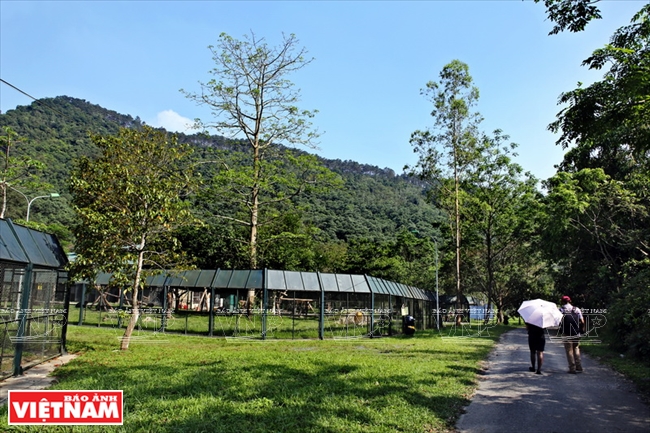
With a total investment of 10 billion dong (440,000 US dollars), the project was financed by the Animals Asia Foundation (AAF)
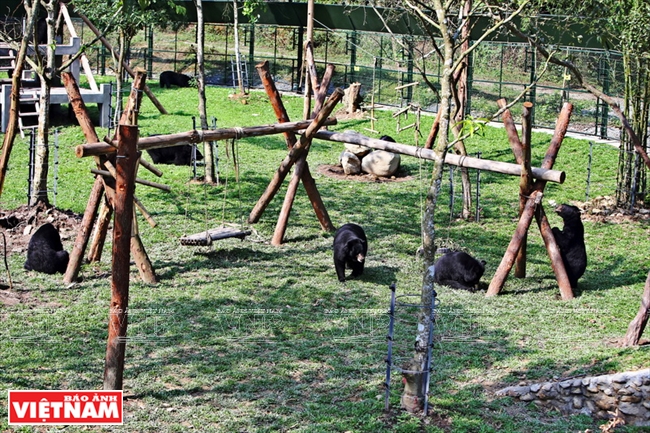
The two semi-natural enclosures cover a total area of more than 5,600m2.
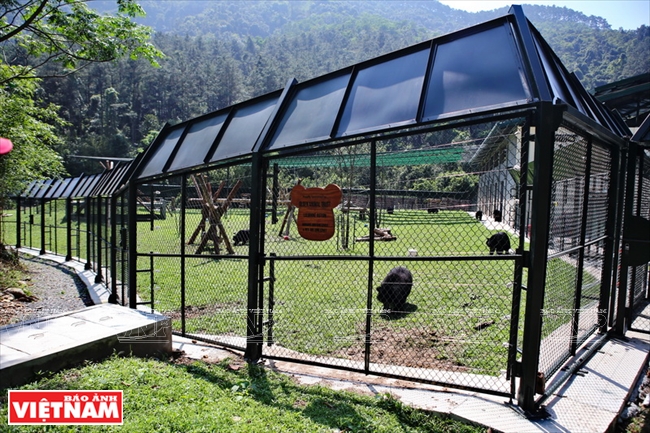
A corner of the large compound.
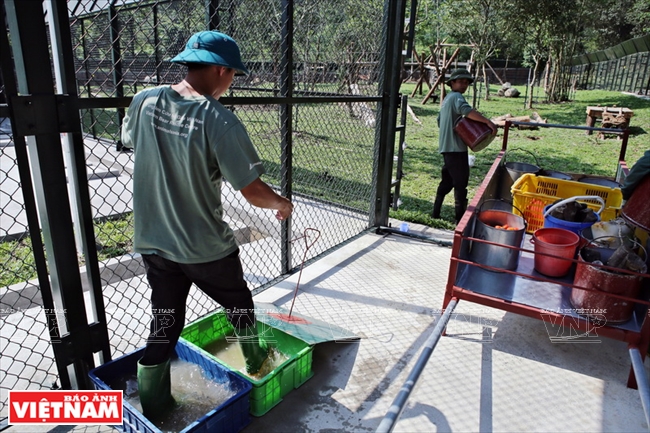
Staff cleans shoes before entering the cage.
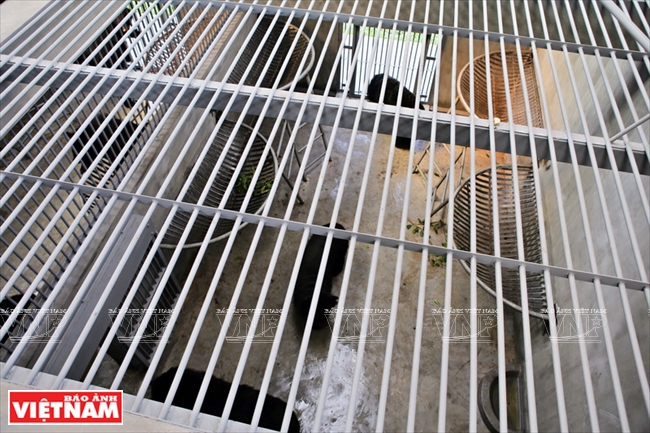
Inside a den.

Cleaning the cages.
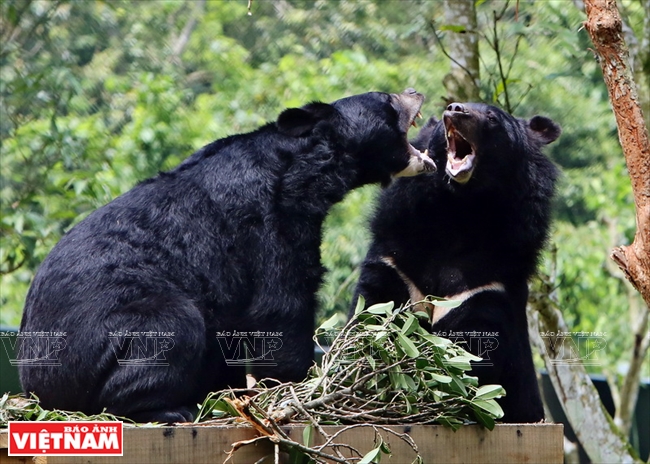
Put in a semi-natural environment, bears gradually recover their instincts.
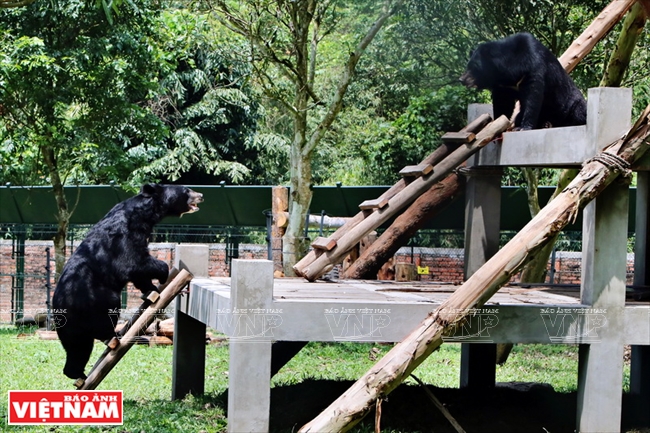
Wooden ladders for bears.
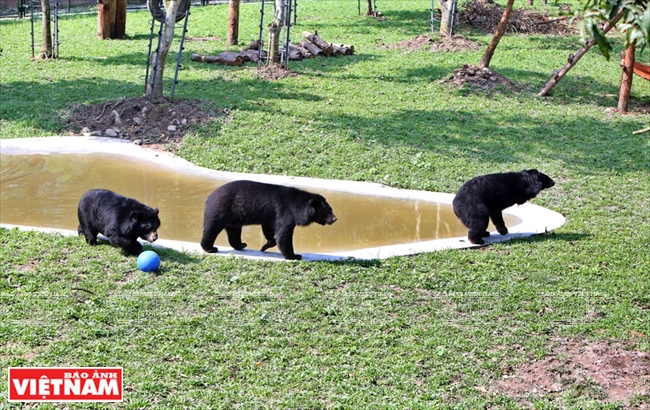
A lot of trees and natural-like structures were set up to ensure the best environment for the bears. |
|
Animals Asia started rescuing bears in Vietnam in 2006 and built the first bear enclosure in April 2008 for six bears. After nine years, the organisation has built five double bear dens with ten semi-natural enclosures, home to 161 bears. These bears are taken care of and rehabilitated before being turned loose in the wild. |
It is part of an ongoing project to build the Vietnam Bear Sanctuary, which is being designed as the largest international standard bear rescue centre in Vietnam, with a total investment of 10 billion dong
(440,000 US dollars). The project was financed by the Animals Asia Foundation (AAF)
The two semi-natural enclosures cover a total area of more than 5,600m2 and are connected with double bear dens, which have a total area of 465m2 with 13 large rooms inside. These spaces for the bears’ activities are home to 20 bears who are undergoing medical treatment.
To help bears recover their health and grow stronger, it is necessary to feed them nutritional food like vegetables, fruit and honey which is put into bamboo tubes, plastic boxes and coconut shells hung high in cages.
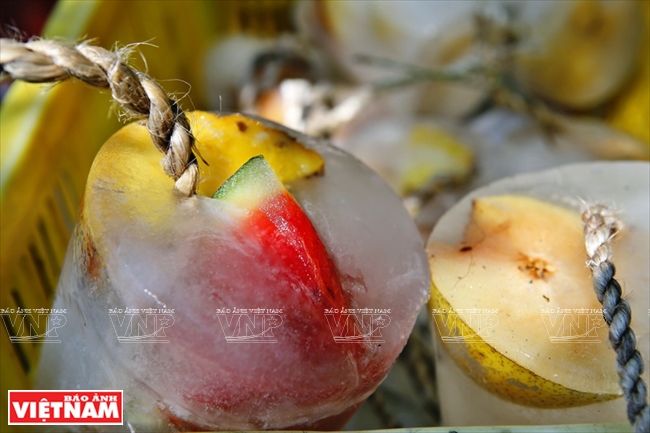
Vegetables and fruit are the main food for bears.
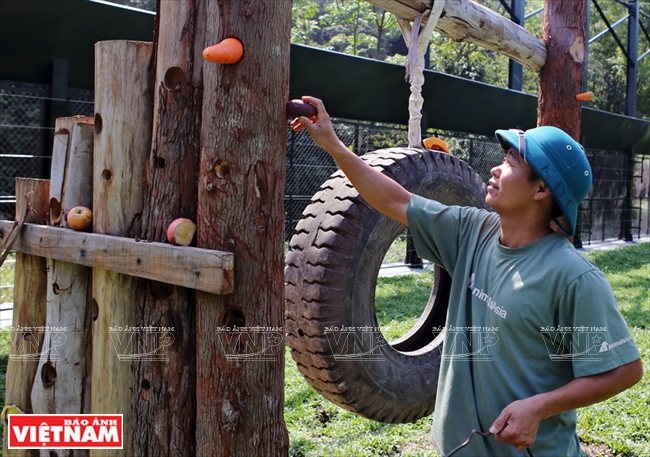
Hiding food so that bears must use their sense of smell to find food.
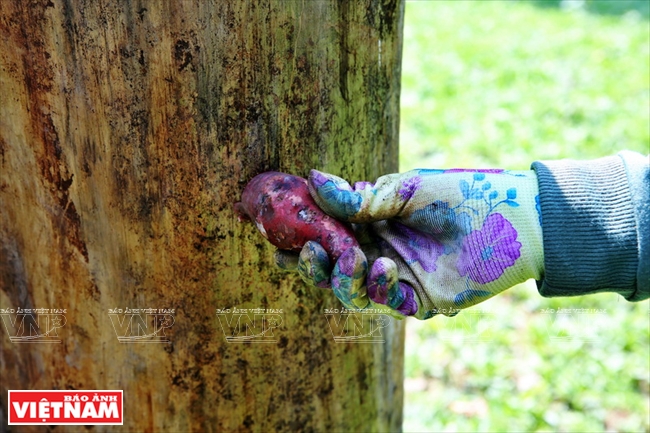
Hiding food.
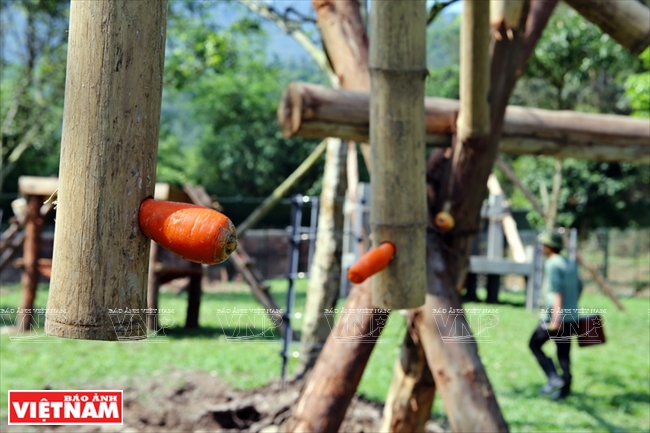
Carrots are hung in order to help bears to gradually recover their instincts.
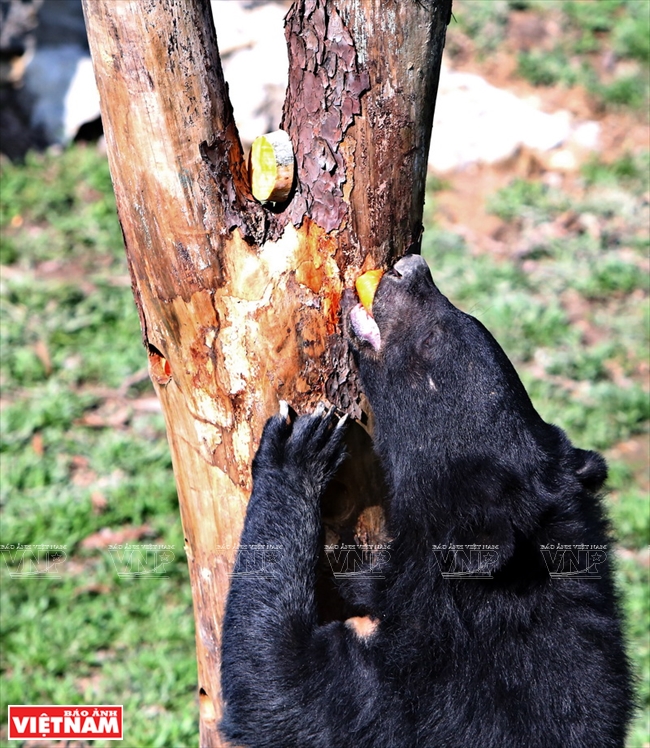
Searching for foods.
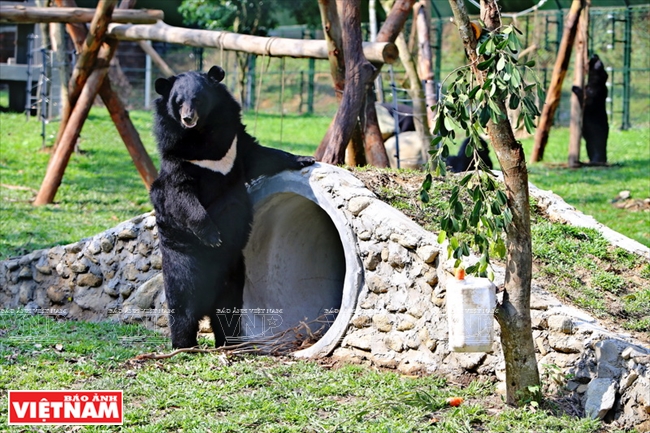
To improve the awareness of people about protecting bears and their living environment, the centre has
organised activities for people to visit the centre. |
To improve the awareness of people about protecting bears and their living environment, the centre has organised activities for people to visit the centre. At present, the Vietnam Bear Rescue Centre has received great support from many non-governmental organisations to protect the endangered species in their natural habitat in Vietnam and in the world.
By Cong Đat